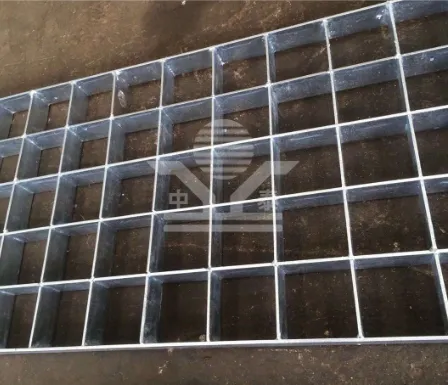The Concept of Anti-Climb Ensuring Safety and Security
In a world where urbanization and infrastructure development are at an all-time high, the need for enhanced security measures has never been more pressing. One of the innovative solutions that have emerged in recent years is the concept of anti-climb technology. Anti-climb measures are designed to deter unauthorized access to buildings, facilities, and other critical infrastructures. This article explores the various aspects of anti-climb systems, their importance, applications, and the advancements in technology that make them effective.
Understanding Anti-Climb Systems
Anti-climb systems are specialized security features integrated into buildings and fences to prevent individuals from scaling walls or barriers. These systems can take various forms, including but not limited to spikes, barbed wire, anti-climb paint, and specially designed fences. The primary purpose of these systems is to protect properties and sensitive areas from trespassers, vandalism, and potential theft.
One of the most straightforward implementations of anti-climb measures is the use of physical barriers such as fences equipped with anti-climb spikes. These spikes serve as a deterrent by making it difficult and dangerous for individuals to scale the fence, thus safeguarding the premises. In addition, architectural designs can incorporate sloped surfaces or walls that do not provide stable footings for climbing, further enhancing security.
The Importance of Anti-Climb Measures
The importance of anti-climb technology cannot be overstated. In an era where security threats are evolving and becoming increasingly sophisticated, traditional measures are often inadequate. Anti-climb systems provide an additional layer of defense, which can be crucial in protecting not only properties but also human lives.
For commercial establishments, the presence of anti-climb features can significantly reduce the risk of break-ins, safeguarding valuable assets and sensitive information. For residential properties, these systems offer peace of mind to homeowners, knowing they have taken proactive steps to deter intrusions. Furthermore, many public facilities, such as schools and museums, are beginning to prioritize security, implementing anti-climb technologies to protect against potential threats.
Applications Across Various Sectors
anti climb

Anti-climb measures have applications across a wide range of sectors. In the industrial sector, facilities that contain hazardous materials or critical infrastructure, such as power plants and chemical storage units, utilize anti-climb measures to prevent unauthorized access and ensure compliance with safety regulations.
In the security sector, prisons and correctional facilities employ anti-climb technology as a deterrent against escape attempts. These institutions often feature high walls and fences equipped with advanced anti-climb systems that are constantly monitored, ensuring that the structure remains secure.
Moreover, in urban settings, municipalities are increasingly adopting anti-climb measures in parks, recreation areas, and heritage sites to protect against vandalism and preserve public resources. Installing these systems can enhance community safety and discourage anti-social behavior, fostering a more secure environment for all.
Advances in Anti-Climb Technology
As technology continues to evolve, so too do the methods of implementing anti-climb measures. Modern anti-climb systems often incorporate smart technology, such as sensors and surveillance cameras, which can detect unusual activity and alert security personnel in real-time.
Moreover, innovative materials have been developed to enhance the effectiveness of anti-climb solutions. For example, anti-climb paint, which is slippery and difficult to grip, can be applied to surfaces prone to climbing, creating an additional barrier to entry. In this way, combining traditional methods with cutting-edge technology can amplify the effectiveness of anti-climb measures.
Conclusion
In conclusion, the concept of anti-climb technology represents a critical component of modern security measures. By incorporating physical barriers, innovative designs, and advanced technologies, individuals and organizations can better protect themselves against unauthorized access and potential threats. As communities and industries continue to prioritize safety and security, the evolution of anti-climb systems will undoubtedly play a pivotal role in shaping a safer future for everyone. Investing in such preventive measures is not just a matter of protecting property; it’s about safeguarding lives and ensuring a secure environment for all.
-
Why Galvanized Trench Cover Steel Grating Resists Corrosion
NewsJul.10,2025
-
The Versatility and Strength of Stainless Expanded Metal Mesh
NewsJul.10,2025
-
Load Calculations in Steel Grating Platforms
NewsJul.10,2025
-
Keeping Pets and Kids Safe with Chicken Wire Deck Railing
NewsJul.10,2025
-
Hole Diameter and Pitch for Round Perforated Metal Sheets
NewsJul.10,2025
-
Aluminium Diamond Mesh in Modern Architecture
NewsJul.10,2025
Subscribe now!
Stay up to date with the latest on Fry Steeland industry news.

